The Danzón in Cuba is Still Alive… and Dancing
especiales
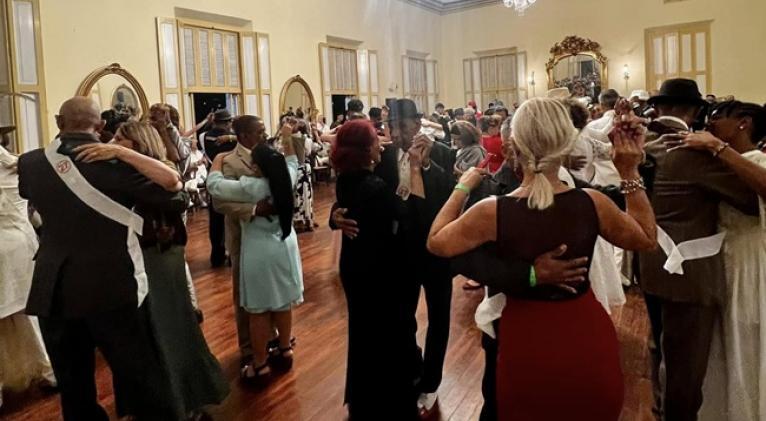
The VI International Danzón Gathering "Miguel Failde In Memoriam" has just ended, but not the vital presence of danzón in Cuba.
Between March 17 - 30, the sixth edition of the danzón gathering took place in Matanzas, confirming that our national dance is still alive… and dancing.
Perhaps the above statement may seem unbelievable to some, especially considering the impact of the most current rhythms circulated in cyberspace.
However, the several dancers, experts on the subject, the number of participants in the event, and the panels such as the one on "Challenges for the Danzoneros Community in the 21st Century," attest to the continued health of this musical and dance expression in Cuba.
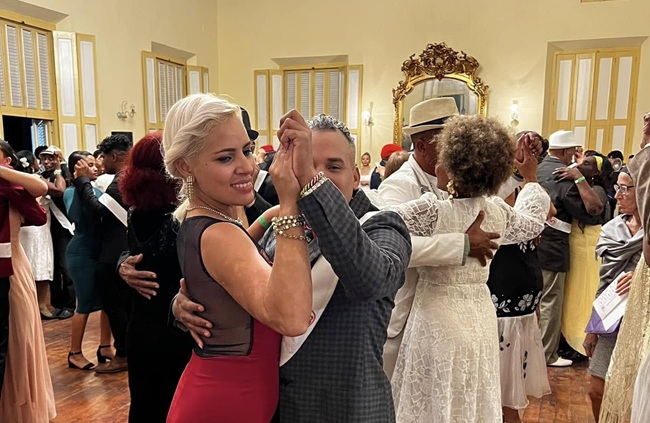
To the point that not only was it declared a Cuban National Intangible Heritage Site in 2013, but it's also planned to be recognized as an Intangible Heritage of Humanity, according to Ethiel Failde, president of the event's Organizing Committee and director of the Failde Orchestra.
A History of National Dance
With the first chords of "Las Alturas de Simpson," heard on that first day of January 1879, in what was once the Matanzas Artistic and Literary Lyceum, now the White Hall, the first Cuban danzón was born, under the authorship of composer and orchestra conductor Miguel Faílde (1852-1921).
This opening composition was dedicated to one of the most popular neighborhoods in the city of Matanzas at the time; the contradanza and danza had been its predecessors.
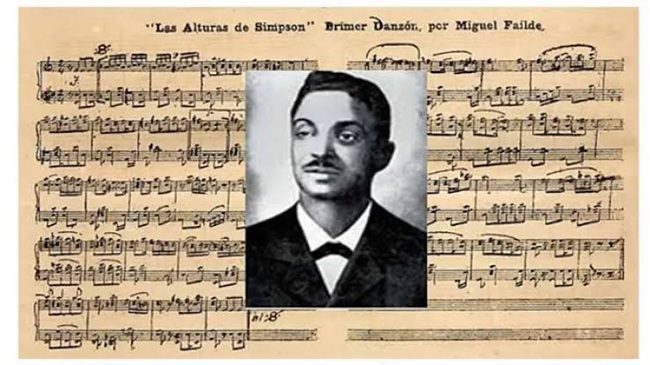
Haitians arriving in Cuba in the late 18th century brought, along with their many skills, the contradanza—popular dance music of European origin—which evolved into danza in Cuban gatherings and salons until eventually leading to danzón.
They claim that at its inception, the danzón caused a stir and was even called an indecent dance by the most puritanical, scandalized by the embraced couples who sensually moved their hips to the music and, during the pauses, fanned themselves in their hot flashes.

In addition to Miguel Faílde's orchestra, during the early stages of the genre, the orchestra of Raimundo Valenzuela (1848–1905) won popular acclaim, along with others that later joined the danzón rhythm, such as Arcaño y sus Maravillas, Belisario López, Acerina y su danzonera, and Toña la Negra.
In the first two decades of the 20th century, the danzón was proclaimed Cuba's National Dance, and for almost 40 years, every social or political event was theme for a danzón song. By the 1950s, it was already part of the repertoire of major jazz bands, such as the Avilés Orchestra.

Initially, it was performed by traditional orchestras composed of violins, double bass, trombone, cornet, clarinet, trumpet, and güiro, which marks the rhythm. As they gained popularity, charangas or danzoneras emerged, which included piano, flute, violin, steel drums, double bass, and the ineffable güiro.
Miguel Faílde's name was joined by other equally famous people associated with danzón, such as Manuel Saumell, Raimundo Valenzuela, Tomás Ponce, and Agustín Lara, among others.

On the afternoon of Sunday, March 30th, the VI International Danzonero Gathering "Miguel Failde In Memoriam" came to an end. However, its lectures, workshops, and the rhythm of the dancers in the dance competition organized for this event showed that danzón continues to thrive in the roots of Cubans and in the essence of national culture as a community cultural practice.

Translated by Amilkal Labañino / CubaSí Translation Staff


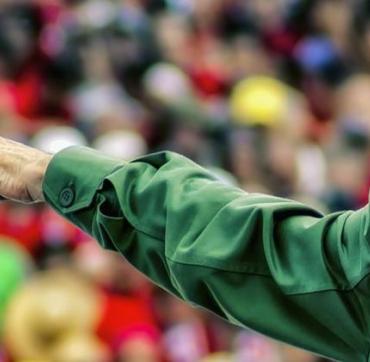
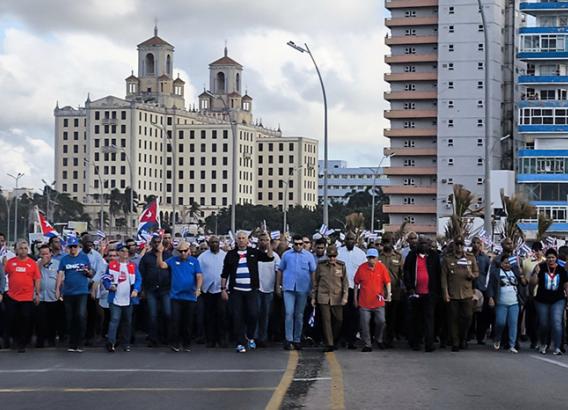
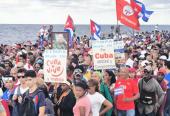

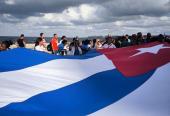
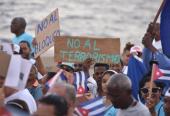
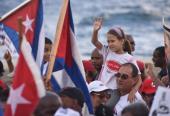


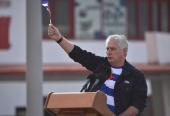
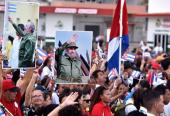

Add new comment